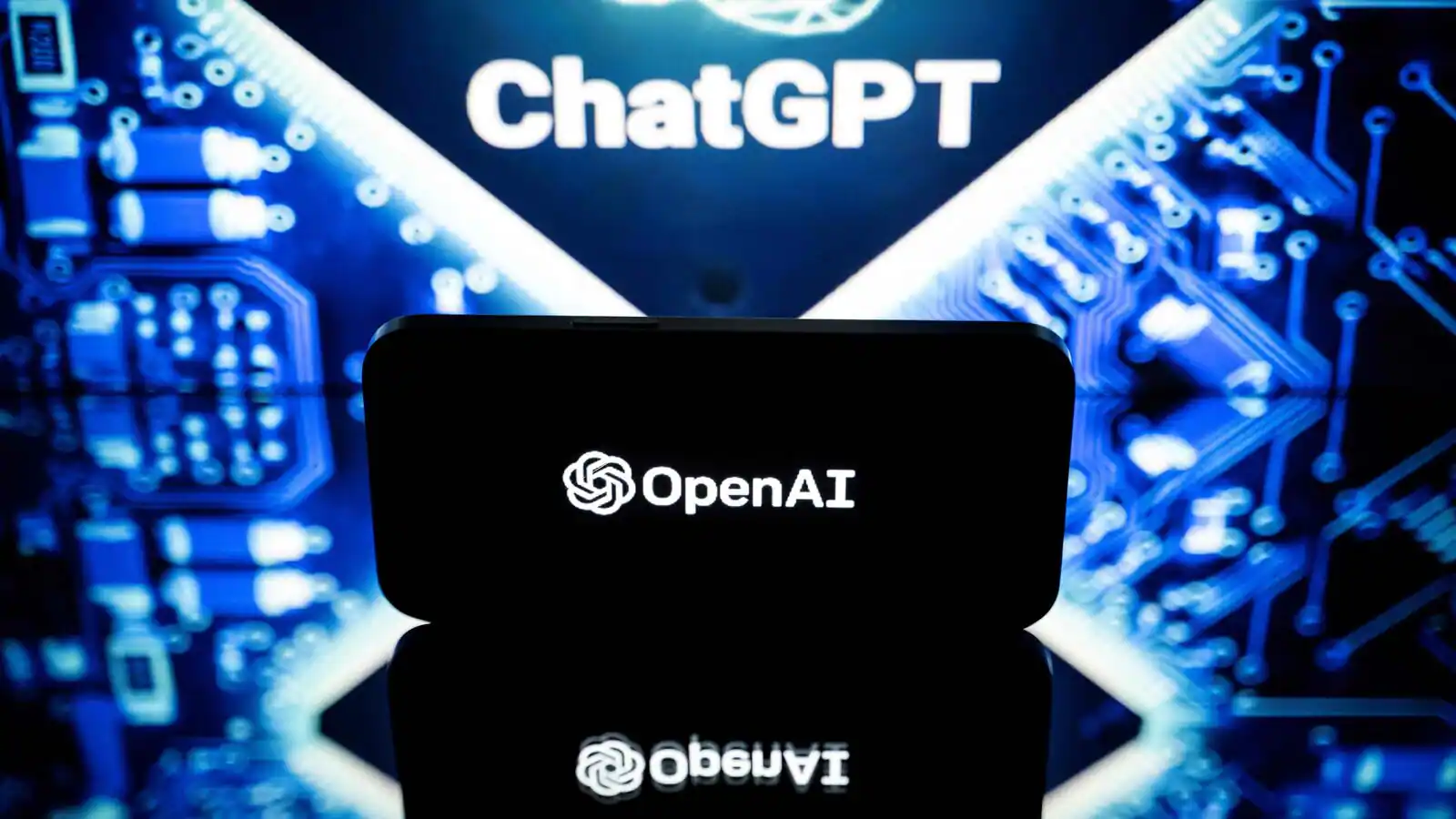IBM’s computing executive in June claimed was entering the “utility phase”, where high-tech devices that were once experimental become practical. In September Australia’s Chief Science Cathy Foley declared ” The dawn of the Quantum Era”.
The Australian physicist Michelle Simmons has won Australia’s highest science award this week for her research on silicon-based quantum computers.
Quantum computers have a moment. To step back, what are?
What is a Quantum Computer?
Computers can be thought of in terms of what kind of numbers they use.
Digital computers, which we all use daily, rely upon whole numbers. They represent information by rearranging strings of zeroes or ones according to complex rules. Analog computers represent data as ever-changing numbers or real numbers. They are controlled by electrical circuits and rotating rotors.
Girolamo Cardano, an Italian mathematician from the 16th Century invented a new type of number known as complex number to solve tasks that seemed impossible such as finding the square roots of negative numbers. With the introduction of quantum physics in the 20th Century, complex numbers were found to describe light and matter at a finer level.
The 1990s saw physics and computing collide when they discovered how to solve some problems much more quickly with algorithms that work with the complex numbers encoded by quantum physics.
Next, we built devices using light and matter that would automatically perform these calculations. Quantum computing was born.
Why does quantum computing matter?
Usually, we describe what our computer does in words that are meaningful to us – balance my spreadsheets, send my live videos, or find my way to the airport. All of these problems are computational, and they’re all expressed using mathematical terms.
Quantum computing is a young field. Most of the problems that quantum computers are expected to solve have been formulated in abstract mathematics. We can’t predict all the “real-world” applications, but some will be more impactful than others.
Cryptography will be one of the first applications. We will require quantum-resistant encryption technology because the current internet algorithms can be cracked by quantum computers. Quantum computing would be required to create a quantum-proof cryptography system and a fully quantum internet.
Quantum computers can simulate molecular structures at an atomic level, which will make it easier and faster to find new materials. It could have important applications for batteries, pharmaceuticals, or fertilizers.
Quantum computers can also be used to speed up the solution of many complex optimization issues, such as finding “the best” way to accomplish a task. We can now tackle more complex problems, such as those in logistics, finance, and weather forecasting.
Quantum computers could also accelerate the progress in machine learning. It could be done indirectly by accelerating subroutines on digital computers or directly if quantum computers can be reimagined to act as learning machines.
What are the main trends in today’s landscape?
Quantum computing will move from the laboratories in basements of universities to industrial R&D facilities by 2023. This move is supported by multinational corporations and venture capitalists.
The current quantum computing prototypes, including those built by IBM Google IonQ Rigetti, and others, are far from perfect.
The machines of today are small and prone to error, as they’re in the phase known as ” noise intermediate-scale quant”. It is difficult to correct errors in tiny quantum systems due to their delicate nature.
A large quantum computer that can fix its errors is the holy grail. This goal is pursued by a whole ecosystem of commercial and research enterprises using diverse technologies.
Photons, ions, and superconductors
This is the technology used by a href=”https://quantumai.google.com/hardware”>Google/a>, ibm.com/topics/quantum-computing”>IBM/a>, rigetti.com/what-we build/a> and others. Google and IBM Rigetti are all using this technology.
The “trapped-ion” method uses groups of atomic particles that are electrically charged and relies on the stability of these particles to minimize errors. This technology has been pioneered by Honeywell and IonQ.
Thirdly, it is possible to contain electrons in tiny semiconductor particles. These could be integrated into well-established computing technology based on silicon. Silicon Quantum Computing pursues this angle.
Another way to do this is by manipulating individual photons, which are highly precise. PsiQuantum designs complex “guided-light” circuits for quantum computing.
It is not clear which of these technologies will ultimately win.
What will quantum technology bring us in the future?
To try to predict the future of quantum computers today would be like predicting flying cars, only to end up with phones that have cameras instead. Many researchers agree that there will be several milestones in the coming decade.
A big improvement is better error correction. The transition to smaller devices with active error correction will be a big one.
Post-quantum encryption is another. It is the adoption and establishment of cryptographic standards which cannot be easily broken by quantum computers.
Quantum sensing and other technologies are also slated to be commercialized.
A demonstration of “a true quantum advantage” is also likely to occur. It is a convincing application in which a quantum device would be unquestionably superior to a digital equivalent.
A stretch goal in the next decade would be to create a quantum computer of a large scale that is free from errors (with active correction of error).
We can confidently say that the 21st Century will be known as the “quantum age” when this is achieved.












